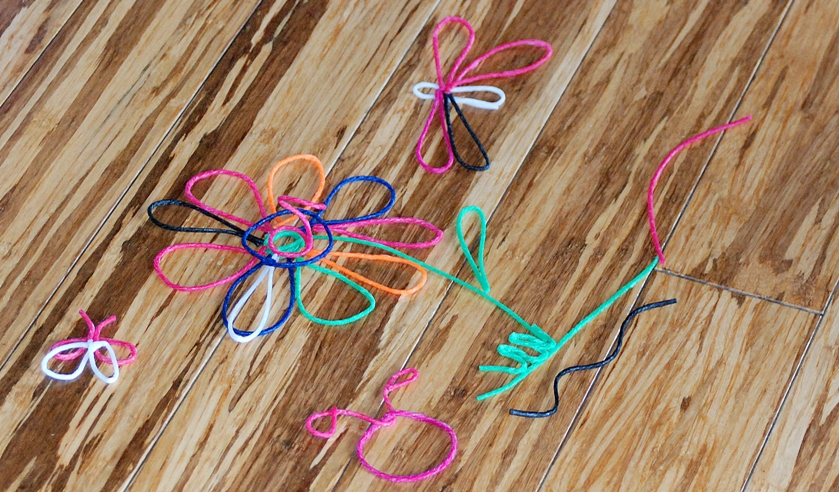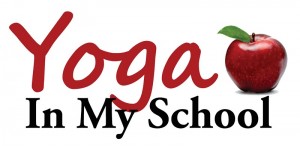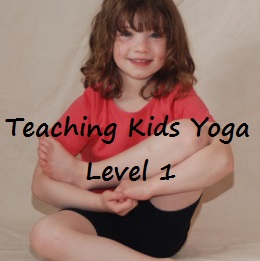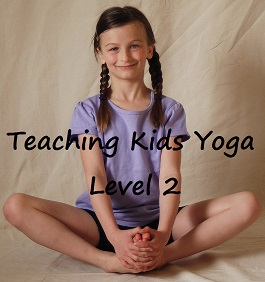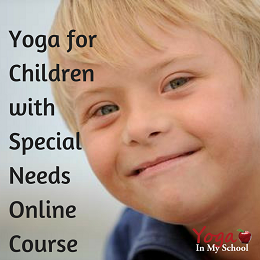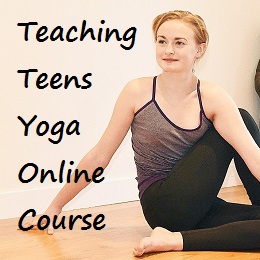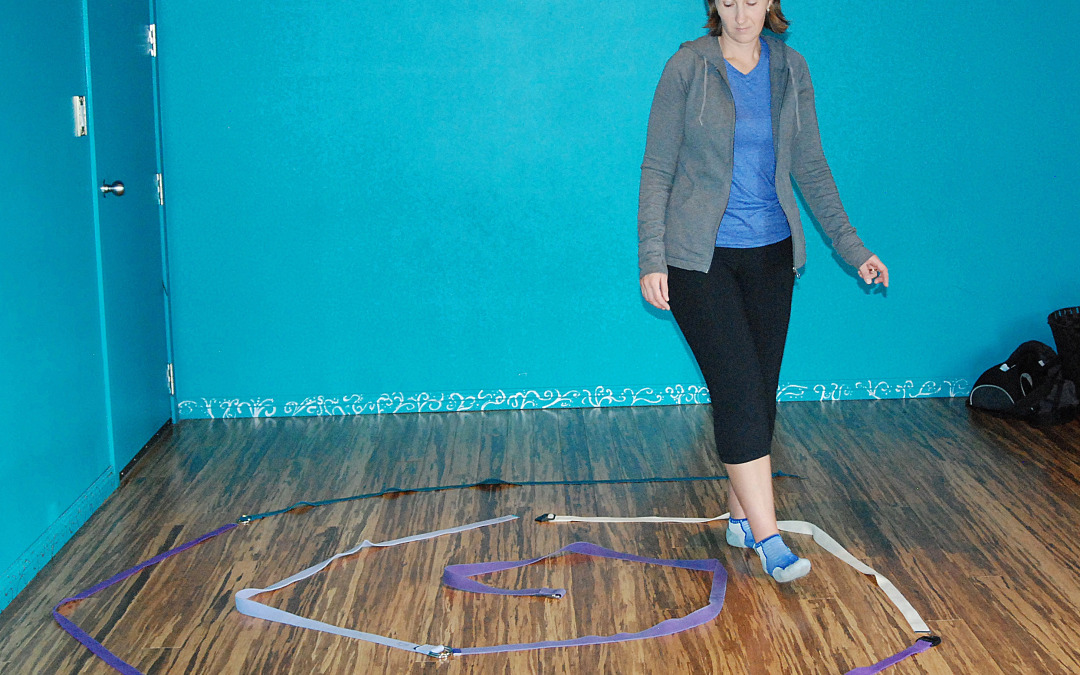


Pranayama for Kids: Breathing With Pursed Lips

Labyrinth Resources for the Classroom
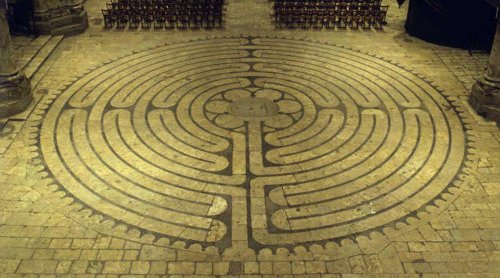
Labyrinths in the Classroom: A Cross Curricular Learning Tool
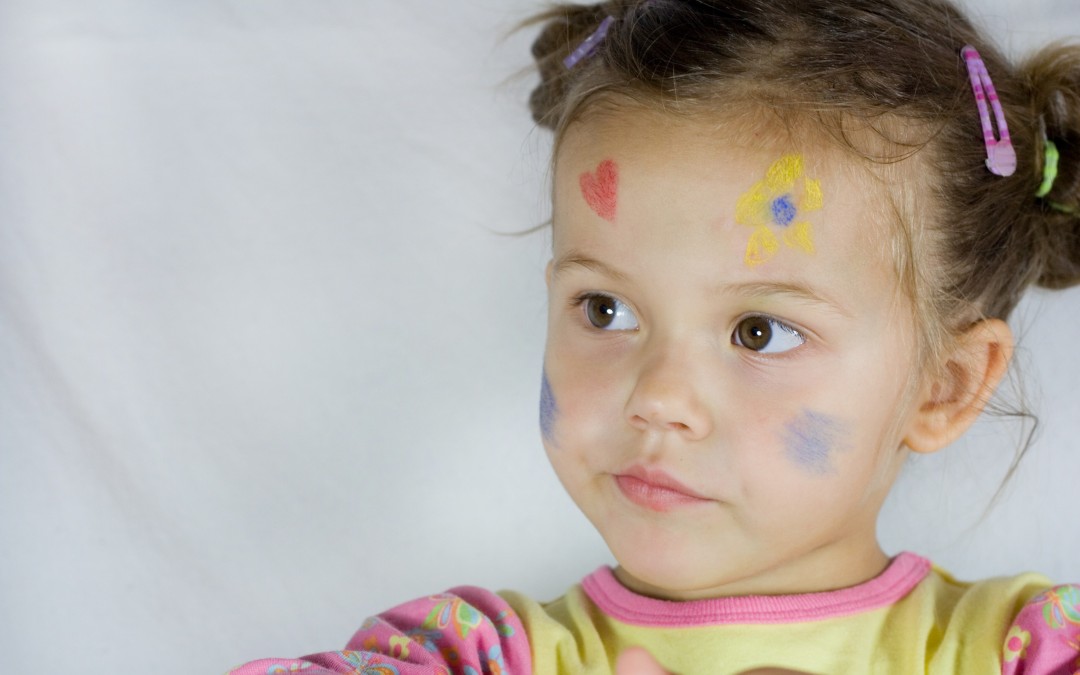
How to Create Focus and Purpose in Pre-School Yoga Class
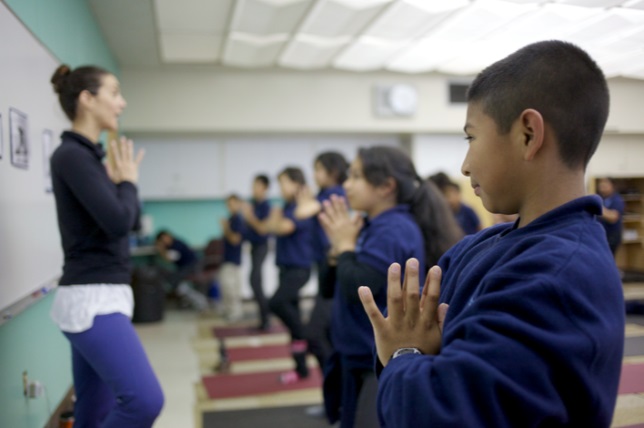
Headstand: Yoga Goes to School with Katherine Priore
CTV Interviews Donna Freeman: Bringing Yoga to Schools
A local yoga instructor is doing her part to promote healthy living for children. Donna Freeman is the author of the new book Once Upon a Pose and today she joins us in studio. She’s also brought along some kids.
We are talking about yoga and kids and how fun it can be. But you’re specifically looking at how to get yoga into schools.
Yes, yoga in schools is a really wonderful combination of bringing the health benefits and the intellectual and emotional training into the classroom. It’s just vital to bring it into the classroom these days. Kids need these skills.
Q: What’s some of the stuff you are able to do in the classroom?
You can use what we are doing today which is a whole lot of partner poses. Partner poses develop cooperation and team work and they get kids talking with one another and working together in a really unique way.
Another thing that is nice about a school is you can use what’s in a school, a desk and a chair, to do yoga. A lot of people don’t think of that because in their typical class, which is in a studio, and there is a mat and they aren’t sure how to adapt it to a school.
Q: What are some of the benefits for kids?
Increased focus, improved concentration, their creativity skyrockets, their impulse control is greater. As well, it reduces their stress so that they are in a mental and emotional place where they’re ready to learn.
Q: And you think you can use this in different subjects?
For sure. You can use yoga in a science classroom, mathematics classroom, language arts classroom, even in an art classroom. Y0u can incorporate yoga poses in all those subject areas.
Watch video for more …
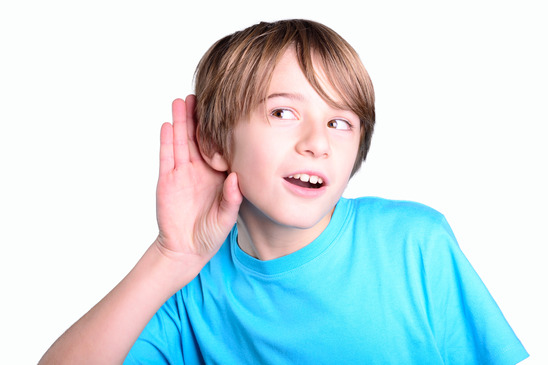
Do You Hear What I Hear? Mindfulness Games for Kids
This game helps attune individuals to all the sounds in their environment. It is wonderfully versatile and can be played with one other person, a group, or all alone. In addition it builds concentration and memory. This game encourages open attention as it requires continual scanning of the environment. It is also a sensory game helping to focus on one sense at a timewhich is helpful when working with children with autism spectrum disorders, ADHD and other sensory challenges.
Do You Hear What I Hear
Before you leave to walk somewhere, especially if you are going on a route you’ve taken many times and want to engage the participants attention, ask the children to help you guess the number of different sounds you’ll hear along the way. Then while walking, say “I can hear a _____________” and wait until the others hear that sound too. Keep walking and let everyone have a turn identifying sounds. Keep a running tally of all the sounds. Can you recall each one? In order?
Alternatively you can do this game while stationary. Have everyone sit comfortably, or lay down, and close their eyes. Tune into the various sounds around you. The hum of the lights, music playing in the distance, a clock ticking, air conditioning or a furnace turning on or off, a friend’s breath, your own beating heart. Mentally note each sound, then move on, continually scanning for ones which weren’t even aware of before this moment. After a few minutes, open your eyes and share with the group the sounds you heard.
Do You See What I See Variation
Instead of “I can hear” use “I can see” and point out to each other anything interesting you see. You could also be specific and look only for a certain type of thing. Only red things? Only new things, such as a recently bloomed flower or newly painted fence?
For a complete listing of yoga and mindfulness games visit the Yoga Games Page.
Photo by cesarastudillo
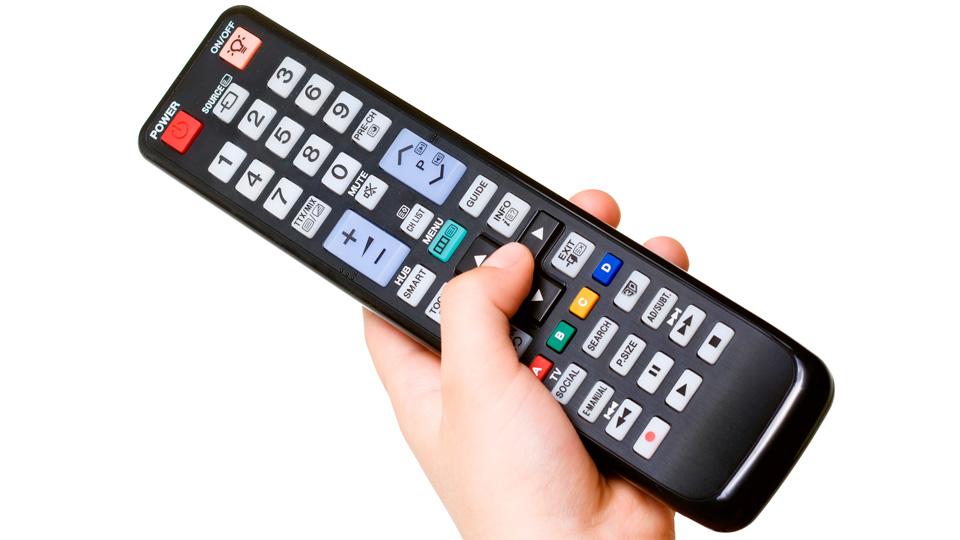
Changing Channels – Mindfulness Activities for Kids
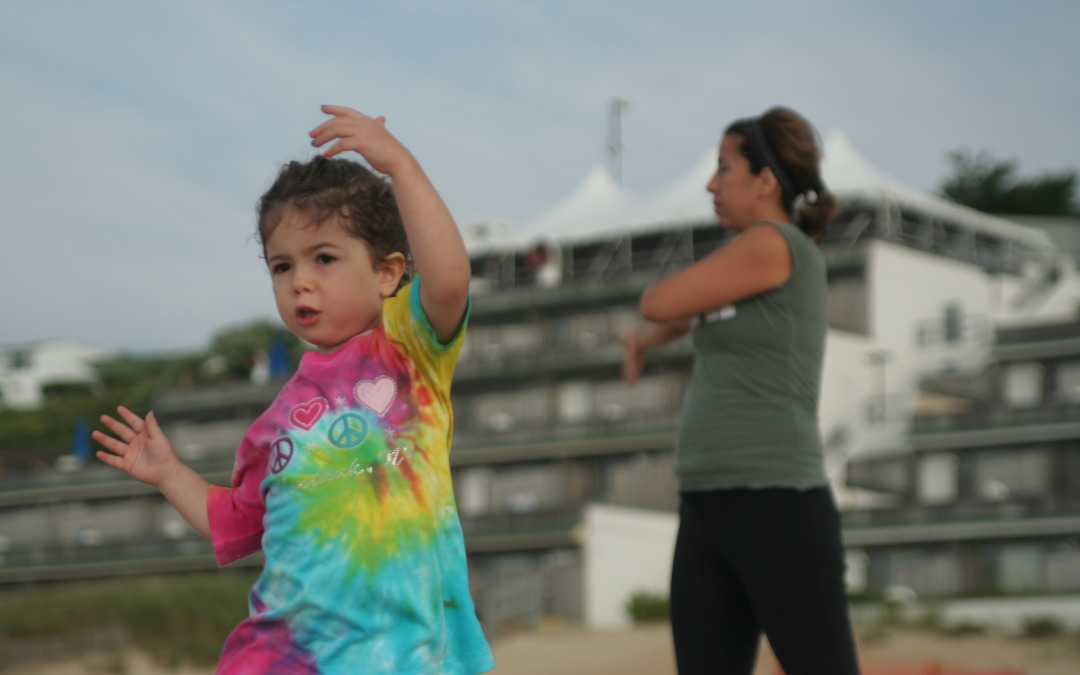
Yoga for Special Needs: Stretching the Mind and Body
Guest post by Kami Evans
When my daughter Hannah was diagnosed with hemiparesis, which is a mild case of cerebral palsy, I wondered: What can I do to help her? How active should she be? And how can I not be overprotective of Hannah, especially when she goes off to school?
The answer seemed to be involving my daughter in as many activities as I could. As a result, Hannah was signed up for swimming, gym and music classes all by her first birthday. My daughter also had eight hours of physical and occupational therapy each week.
The brain is so plastic. And how active I remained with Hannah’s treatment before she turned 24 months would impact how successful her recovery would be. I was on a mission.
Then I found yoga. When a class with a few participants got cancelled, I hired the instructor to lead the lessons out of my home. At 15 months, Hannah started to crawl by incorporating the rocking table and downward dog poses in her movements. At 20 months, Hannah progressed to trying poses such as mountain, squats and elevator. Every day Hannah would get the movements more and more.
I saw such a difference in my daughter’s development that we asked the instructor to come over three times per week. Meanwhile, Hannah continued to take her usual classes and have her weekly eight hours of therapy sessions. But the yoga instruction was unique in that it was playful and enjoyable for Hannah, prompting her to consider her time with the instructor as a playdate.
When the instructor chose to pursue other interests, it encouraged me to become certified. I first took a teacher training course at a Manhattan studio for children’s yoga, followed by training and certification working with children with special needs.
The best part of the training? Not only did I learn more about Hannah’s yoga practice and how it enabled her to become increasingly aware of her body and personal space, but I was able to share this with other families, as well. Inspired by this journey, I opened a yoga studio for children on the Upper East Side of Manhattan. This led me to share the benefits of yoga for children in more than five locations throughout New York City.
Four Exercises to Develop Body & Mind
Cross the mid-line. Crossing the mid-line enhances brain development. An example of this is to sit with your child, having him or her rub one’s hands together. Once the child’s hands get warm, have the child cross hands and touch opposite shoulders. This allows the child to cross the mid-line and make new neurological pathways for further brain development. Motivate your child to do this over and over again in novel ways, such as by crossing over to touch one’s knees, toes and ears.
Use the eyes. As your child grows, he or she looks at things in new ways. Once the child begins to look at books and track words, the child’s depth perception develops. While this occurs, it is crucial for your child to build the muscles behind the eyes. One method of doing this is by moving a toy the child likes in different directions, asking the child to follow the toy with his or her eyes. Another method is snapping your fingers up and down and then right to left, while your child trails the movements. Either way, have your child watch the object move at least ten times in each direction. This helps build the little muscles supporting the child’s eyes and lessens the chances for glasses.
Do core poses. As all of a person’s limbs are extensions from the core of the body, it’s essential to develop the core. Building a strong core enables a child to balance oneself both physically and mentally. Poses that support the core are the dolphin pose and boat pose. Do these and other poses with your children, allowing you each to build your strength and bond.
Sing a song. While singing to a child can help the young yogini accomplish a difficult pose, it can be especially encouraging for children who are late talkers. If for any reason you find your child not communicating, find a book that you know the child enjoys and sing each word in the story. Take the time to sing the words one by one and change your tone, emphasizing that a new word is being sung. Soon your child will be doing poses in utter relaxation, not even realizing a stronger core will result and likely a better grasp of language.
Kami Evans, the founder and an instructor at Elahi Yoga, became a certified children’s yoga instructor through Karma Kids Yoga and a certified yoga instructor for kids with special needs through Every Kids Yoga, which are both located in Manhattan. Working with her daughter and seeing remarkable improvements through yoga exercise has inspired Evans to continue with the practice and help other children to gain self-confidence and have fun through yoga.
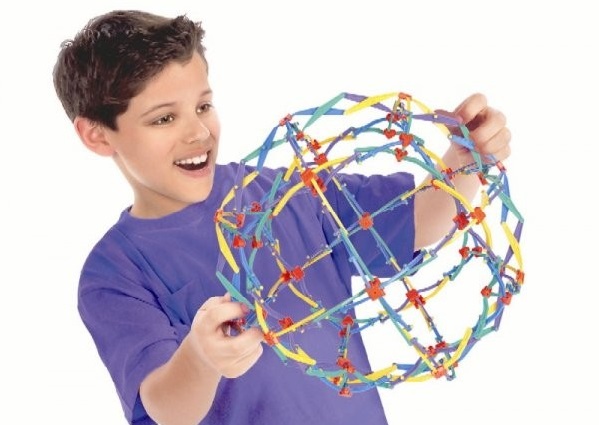
My Favourite Yoga Prop – Hoberman Sphere

Cooked Spaghetti – Mindfulness Activities for Kids
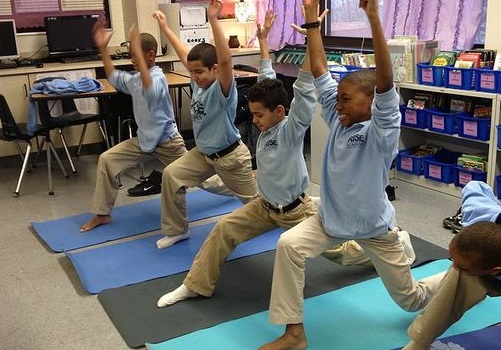
Newark Yoga Movement: Bringing Yoga to Every Child
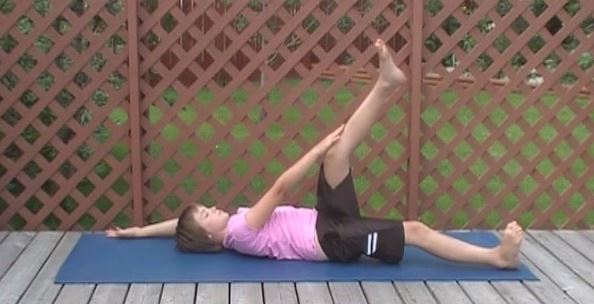
Pranayama for Kids: Air Walk
